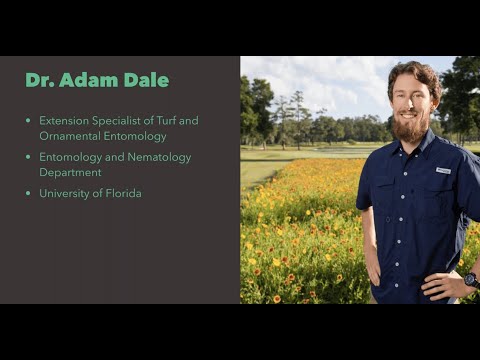The key points from Dr. Dale’s talk can be summarized as follows:
- Impact of Urban Landscapes on Trees: Urban environments with impervious surfaces like roads and buildings can stress trees by increasing air temperature, reducing soil moisture, and increasing soil compaction.
- Scale Insects and Tree Condition: The presence of scale insects, such as gloomy scales, is exacerbated by urban conditions, leading to increased pest damage and poorer tree conditions. Red maple trees are particularly susceptible to these pests.
- Impervious Surface Thresholds: Research has identified thresholds of impervious surface cover around trees that correlate with tree condition. Trees with less than 33% impervious surface cover are likely to be in good or excellent condition, while those with 33-66% impervious surface cover are likely to be in fair condition. Trees with over 66% impervious surface cover are likely to be in poor condition.
- Pace to Plant Technique: The Pace to Plant technique allows for easy estimation of impervious surface cover by walking a 25-meter radius around a tree and counting the number of steps that land on impervious surfaces.
- Planting Decisions Based on Impervious Surface: Landscape architects, urban planners, and arborists can use these thresholds to make informed decisions about where to plant trees, especially red maples, to minimize stress and pest damage.
- Integrated Pest Management (IPM): Selecting the right plant in the right place, informed by impervious surface thresholds, is a key component of IPM. This strategy aims to reduce pest damage, economic loss, and the need for pesticide applications, leading to more sustainable urban landscapes.
- Future Research and Recommendations: The research is ongoing, with efforts to develop similar threshold recommendations for other tree species. Guidelines and resources are available for managing scale insects and other pests in urban landscapes, including the use of systemic insecticides and pollinator protection measures.
In summary, understanding the impact of urban landscapes on tree health and implementing informed planting decisions based on impervious surface thresholds is crucial for managing tree pests and promoting sustainable urban forests.
